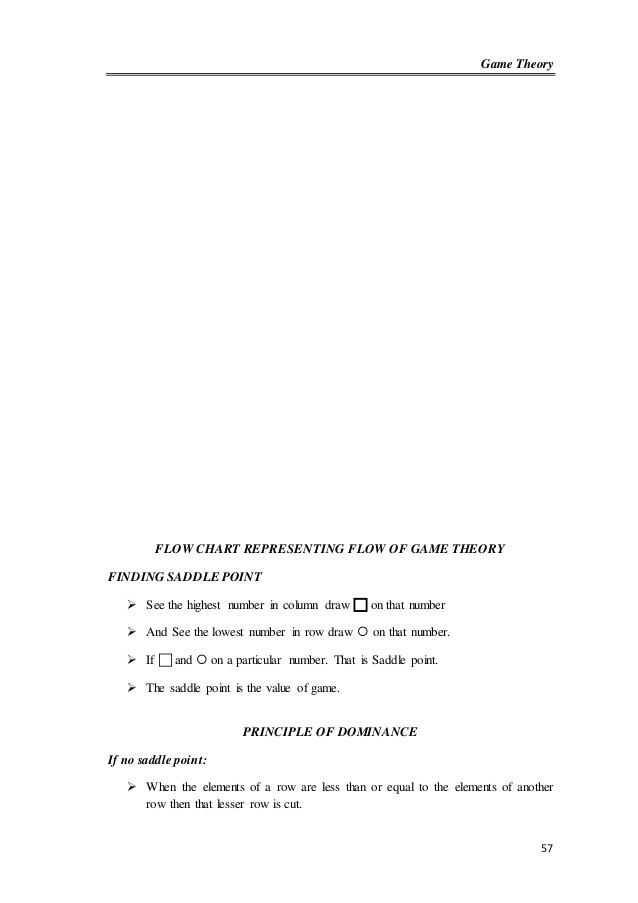Taking Advantage of Pessimism_1
Post on: 16 Июль, 2015 No Comment

The world is distracted with fears of the next great calamity, but heading into summer U.S. financial markets are enjoying a remarkably positive environment.
Prophecies of imminent economic catastrophe have become almost de rigueur in recent months. Whether it is talk of Europe facing deflation, Japan’s Abenomics experiment failing, China heading toward a real estate crisis, or Russia being on the brink of direct conflict with Ukraine, the narrative is similarly dark. The “imminent crisis” theme has become overplayed, but if experience has taught me anything it is that nothing is more tiresome than a fashionable consensus. The reality is that none of these regions seem likely to suffer a calamitous near-term crisis, thanks in part to the world being afloat in a sea of liquidity.
Every major central bank, except the European Central Bank, has been printing money. And all indications are that Europe is ready to combat low inflation and anemic credit growth through some combination of policies such as negative interest rates, another long-term refinancing operation facility, or even direct quantitative easing. Europe may well turn on liquidity just as the U.S. Federal Reserve is withdrawing it by tapering the pace of its asset purchases.
All these fears of a major crisis have spurred a flight to quality to U.S. Treasuries, which has been partly responsible for the recent bond market rally. With many investors fearful, the 10-year U.S. Treasury note broke out of its tight trading range in recent days, closing at 2.45 percent on Thursday its lowest yield since June of last year. Rates could now be headed to 2.2 percent or lower, just as the outlook for the U.S. economy is starting to brighten.
Recent U.S. economic data suggests the underlying strength of the American economy. While first-quarter U.S. gross domestic product growth was -1 percent, the first negative reading in three years, details in the report revealed strong consumer demand. Consumer spending, which accounts for more than two-thirds of U.S. economic activity, grew at 3.1 percent. With the terrible, weather-induced first-quarter weakness behind us, lower interest rates should bolster housing and spur faster U.S. economic growth. In Europe, economic confidence has reached levels not seen since 2011 and economic growth is modestly improving. All of this means that a huge swath of the global economy is now growing, which should benefit struggling economies, as noted in the chart below.
While structural problems in the world’s major economies are not going away, for the foreseeable future these problems should not stop the global economic expansion. It’s worth repeating my mantra of recent weeks 2014 looks like the year to disregard that well-known trading adage “sell in May and go away.”
Chart of the Week
U.S. and European Recovery Benefits World
U.S. and European economic data have been on an improving trend, helping to bolster the outlook for the global economy. As output accelerates in advanced economies, countries around the world should benefit from increasing demand for manufacturing inputs. With the investment cycle turning in the United States and Europe, global trade should accelerate in the near term, helping kick-start growth in some struggling emerging market economies.
ADVANCED ECONOMY PMIS AND GLOBAL TRADE

Source: Haver, Guggenheim Investments. Data as of 4/30/2014. PMI data prior to June 1997 is the average of the United States and United Kingdom only.
Economic Data Releases
U.S. Home Sales Point to Housing Rebound
- U.S. existing home sales rose for the first time this year in April, increasing to a 4.65 million annualized pace.
- New home sales rose 6.4 percent in April to an annualized pace of 433,000, led by surging sales in the Midwest.
- Pending home sales increased 0.4 percent in April, rising for a second month after decreasing for eight months.
- The S&P/Case-Shiller 20-City Home Price Index rose 1.2 percent in March, the best month-over-month increase in nearly a year.
- The FHFA House Price Index rose a better-than-expected 0.7 percent in March, led by a strong rebound in New England.
- First-quarter GDP was revised down sharply to -1.0 percent annualized quarterly growth, the first negative contraction in three years. Large inventory draw downs and a weaker trade position led the decline.
- The Leading Economic Index increased 0.4 percent in April, mostly due to gains in building permits and interest rates.
- Durable goods orders unexpectedly rose for a third consecutive month in April, up 0.8 percent, as defense spending continued its recent positive trend.
- The Conference Board Consumer Confidence Index rebounded to 83.0 in May, in line with expectations.
- Initial jobless claims fell more than expected to 300,000 for the week ended May 24, suggesting an improving labor market.
European PMIs Show Divergence in Manufacturing and Services
- The euro zone manufacturing PMI came in under expectations for May at 52.5, the lowest this year.
- The euro zone services PMI increased to 53.5 in May, the highest level since June 2011.
- Euro zone economic confidence rose to 102.7 in May, the highest since July 2011.
- Germany’s IFO index declined to 110.4 in May, the lowest level this year.
- Germany’s manufacturing PMI for May was weaker than anticipated at 52.9, down from 54.1 in April.
- France’s manufacturing PMI fell more than expected in May, down for a second consecutive month to 49.3.
- The HSBC China Manufacturing PMI increased in May to 49.7, still in contraction, but an optimistic sign.














